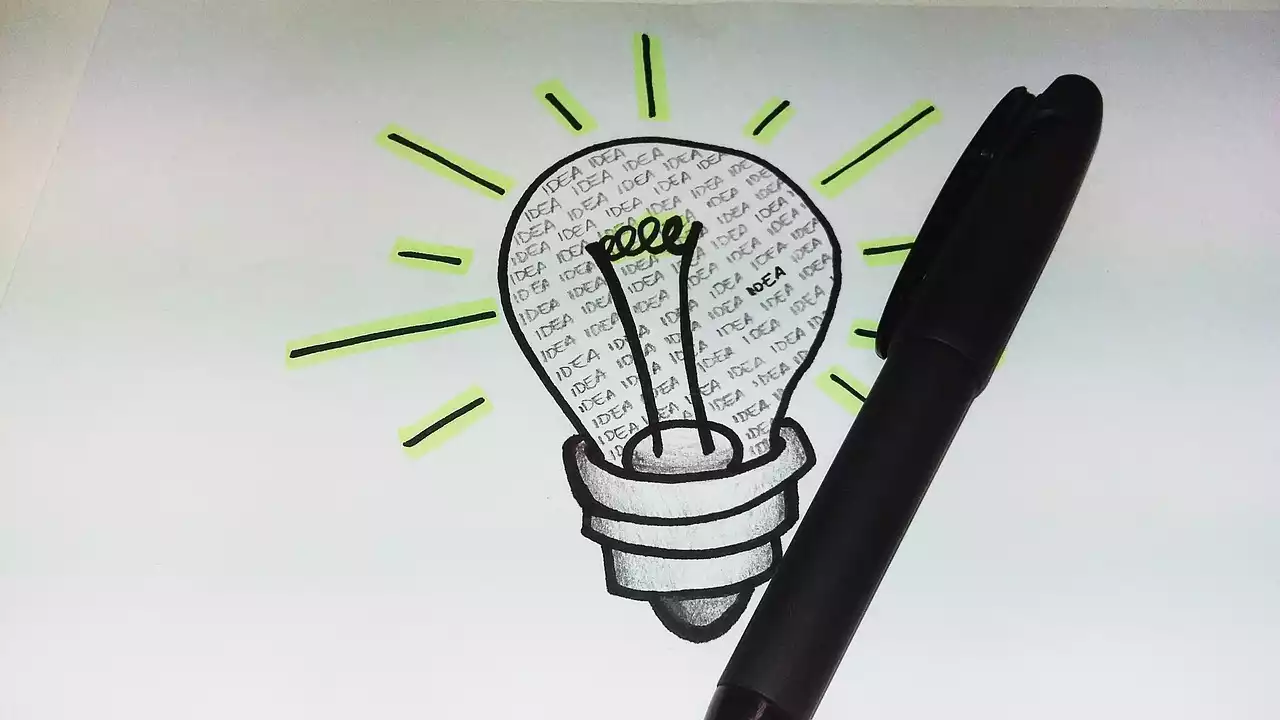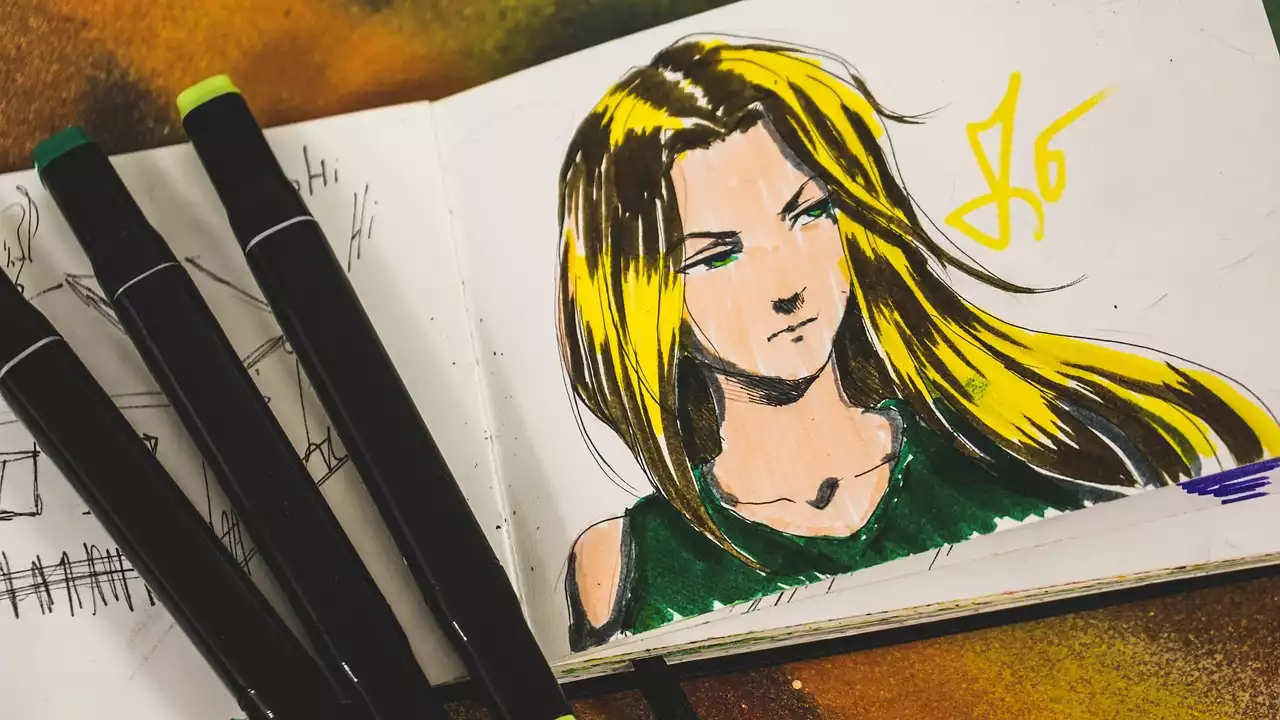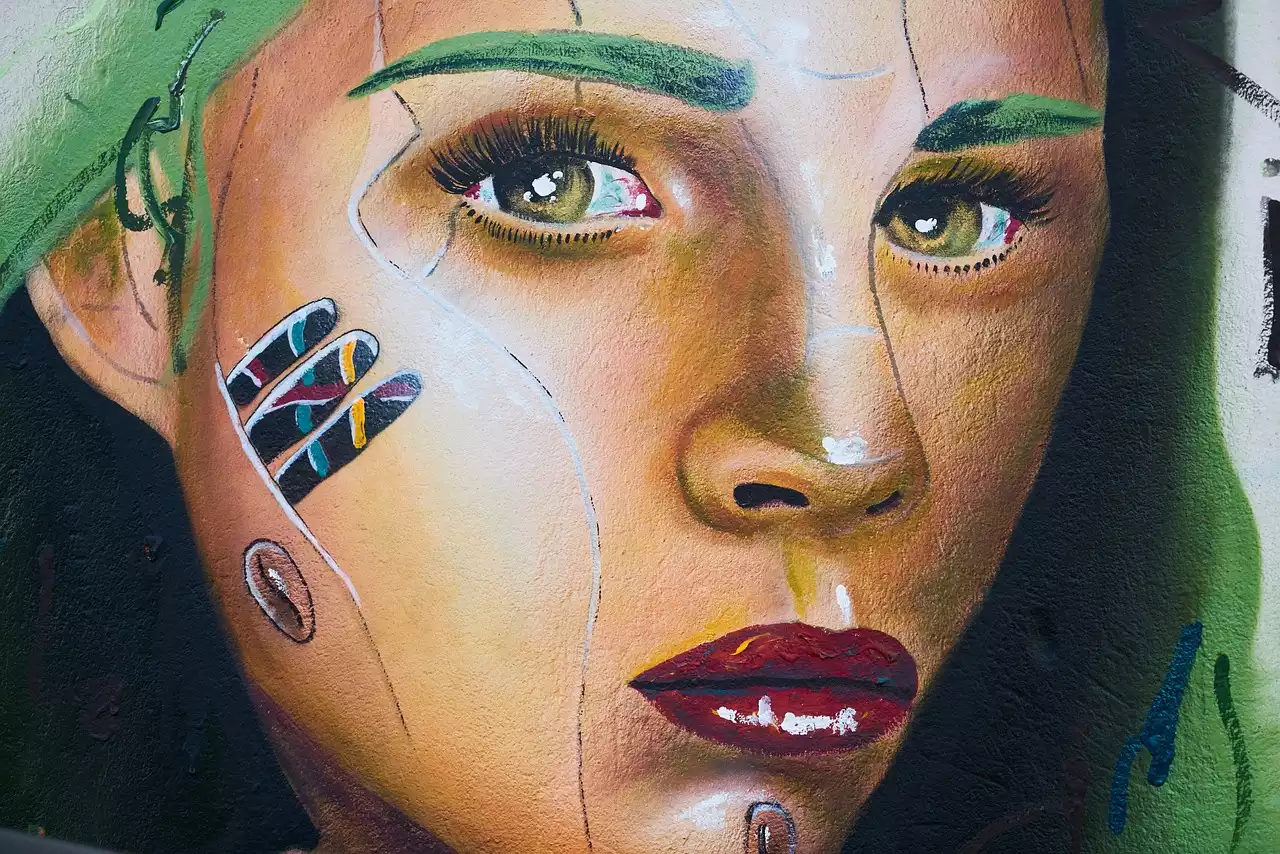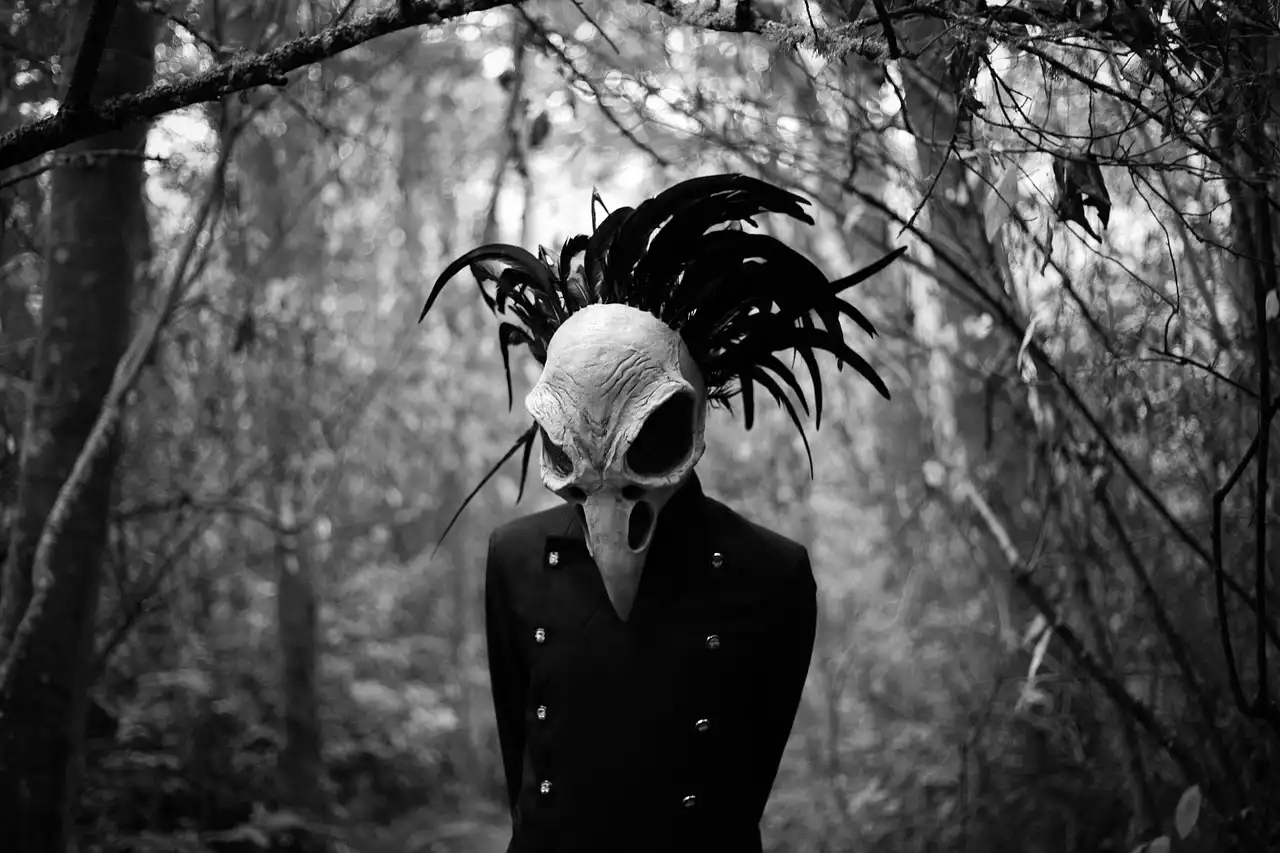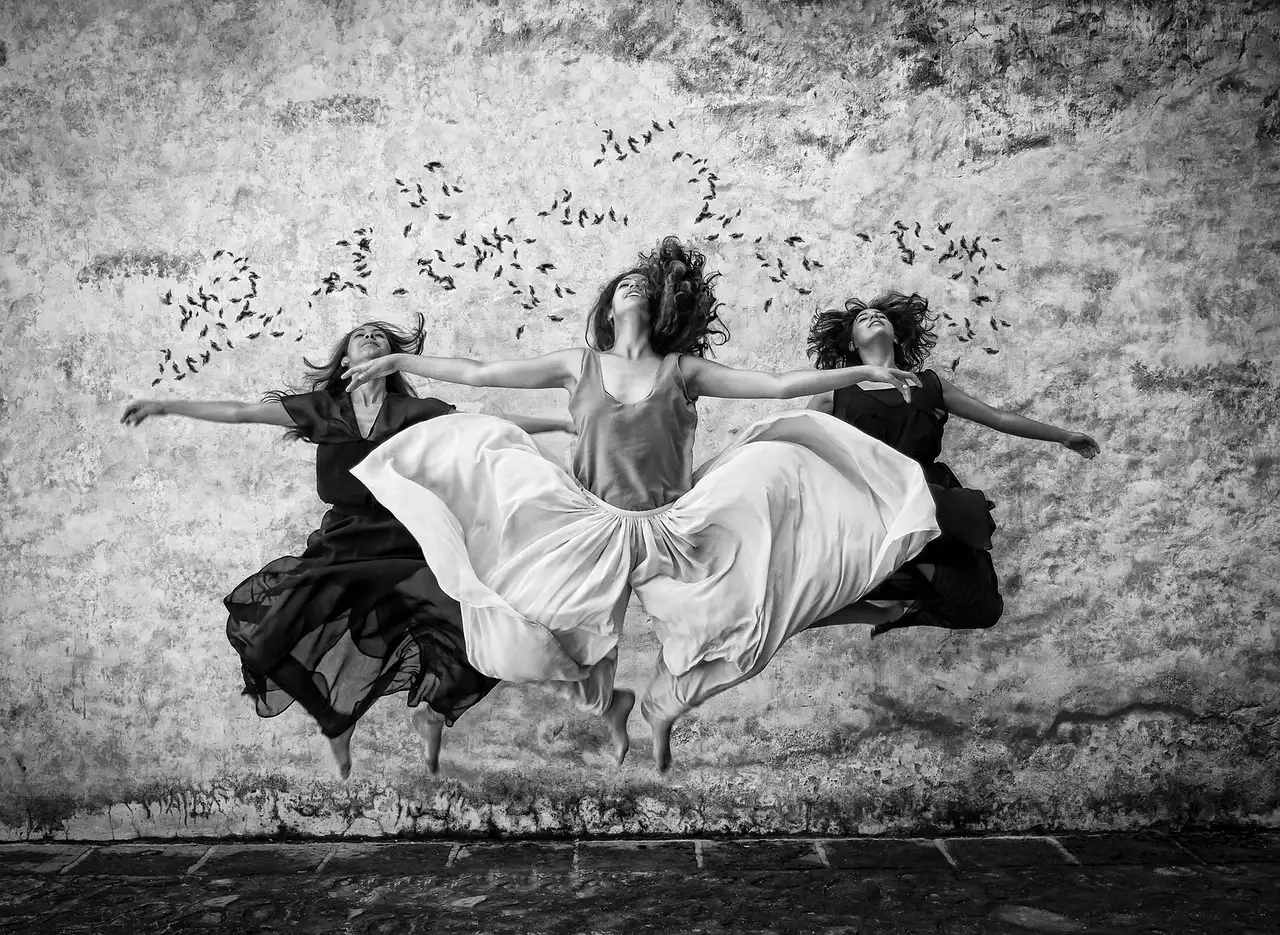Why is creativity important in drawing?
Drawing is not just about reproducing what we see; it's about interpreting the world around us and expressing our unique perspective. Creativity is crucial in drawing because it allows us to bring our imagination to life on paper. It helps us think outside the box, experiment with new techniques, and push the boundaries of our artistic abilities.
When we tap into our creative side, we open up a world of possibilities. We can create captivating illustrations, tell stories through our art, and convey emotions that words alone cannot express. Drawing becomes a means of self-expression and a way to connect with others on a deeper level.
Overcoming creative blocks
Even the most talented artists experience creative blocks from time to time. It's frustrating when you have the desire to draw but can't seem to find inspiration. The good news is that there are several strategies you can use to overcome creative blocks and get those creative juices flowing again.
One effective method is to take a break and engage in activities that stimulate your mind and senses. Go for a walk in nature, visit an art gallery, or listen to music that inspires you. Sometimes, stepping away from your drawing for a while can give you a fresh perspective and ignite your creativity.
Another helpful technique is to create a daily drawing habit. Set aside a specific time each day to draw, even if it's just for a few minutes. This consistent practice will train your brain to be more receptive to creative ideas and make it easier to overcome creative blocks when they arise.
Before diving into the world of drawing, it's important to have the right materials and tools at your disposal. As a beginner, you don't need to invest in expensive art supplies. Here are a few essentials to get you started:
1. Sketchbook: Choose a sketchbook with good quality paper that can handle various drawing mediums.
2. Pencils: Invest in a set of graphite pencils with different hardness levels (e.g., 2B, 4B, 6B). These will allow you to create different shades and textures in your drawings.
3. Eraser: A kneaded eraser is ideal for drawing because it can be shaped to erase small details without smudging the rest of your artwork.
4. Sharpener: Get a quality pencil sharpener that can create a fine point without breaking the lead.
5. Drawing paper: If you want to experiment with different drawing mediums like ink or markers, consider getting a separate pad of drawing paper designed for those mediums.
Remember, the most important thing is to have fun and experiment with different materials. As you progress, you can explore more advanced tools and find what works best for you.
Easy drawing ideas for beginners
Now that you have your drawing materials ready, let's dive into some easy drawing ideas for beginners. These ideas will help you build your skills and boost your confidence as an artist. Remember, practice makes progress, so don't be afraid to make mistakes and keep trying.
1. Simple shapes: Start by drawing basic shapes like circles, squares, and triangles. Practice shading and adding details to turn these shapes into everyday objects.
2. Nature-inspired drawings: Draw flowers, leaves, and trees. Study their shapes, textures, and colors, and try to capture their essence on paper.
3. Animals: Choose your favorite animal and try to depict its unique features and characteristics. Start with simple animals like cats or dogs and gradually challenge yourself with more complex creatures.
4. Still life: Arrange a group of objects on a table and draw them. Pay attention to light and shadow, and try to capture the objects' form and texture.
5. Self-portrait: Look in the mirror and draw your own face. Experiment with different styles and techniques to capture your likeness.
Remember, these are just a few ideas to get you started. Don't be afraid to explore your own interests and draw subjects that inspire you. The key is to enjoy the process and let your creativity guide you.
Drawing exercises to improve your skills
Drawing exercises are a great way to improve your skills and expand your artistic repertoire. They allow you to practice specific techniques and challenge yourself to think differently. Here are a few exercises to incorporate into your drawing routine:
1. Blind contour drawing: Choose an object and draw it without looking at your paper. This exercise helps improve hand-eye coordination and observational skills.
2. Gesture drawing: Set a timer for a few minutes and quickly sketch the poses of people or animals. Focus on capturing the overall movement and energy rather than details.
3. Negative space drawing: Instead of focusing on the subject itself, draw the space around it. This exercise helps train your brain to see shapes and proportions more accurately.
4. Texture study: Choose an object with an interesting texture (e.g., a piece of fabric, a tree bark) and try to recreate its texture on paper. Pay attention to the small details and use shading techniques to bring it to life.
5. Collaborative drawing: Grab a friend or family member and take turns adding to a drawing. This exercise sparks creativity and allows you to see different artistic perspectives.
Incorporating these exercises into your drawing routine will help you develop new skills, break free from artistic limitations, and keep your creativity flowing.
Finding inspiration for your drawings
Inspiration can come from anywhere, but sometimes we need a little help to kickstart our creative process. Here are a few ways to find inspiration for your drawings:
1. Nature: Take a walk in the park, visit a botanical garden, or simply step outside and observe the world around you. Nature offers an endless source of inspiration with its vibrant colors, intricate patterns, and diverse forms.
2. Books and magazines: Flip through art books, magazines, or even graphic novels. Pay attention to the illustrations and see how other artists interpret different subjects.
3. Online platforms: Explore social media platforms like Instagram and Pinterest. Follow artists whose work resonates with you and save images that inspire you. Remember, though, to use these platforms as a source of inspiration and not as a means of comparison.
4. Museums and galleries: Visit local museums and art galleries to see different styles and techniques up close. Take note of the artworks that captivate your attention and try to understand what makes them special.
5. Personal experiences: Look within yourself and draw inspiration from your own life. Create artworks that reflect your emotions, memories, or aspirations. Your unique perspective will shine through in your drawings.
Remember, inspiration is all around you. Keep an open mind, stay curious, and allow yourself to be inspired by the world.
Exploring different drawing techniques
Drawing is a versatile art form that offers a wide range of techniques to explore. Experimenting with different techniques can help you discover new ways to express yourself and add depth to your drawings. Here are a few drawing techniques to try:
1. Hatching and cross-hatching: These techniques involve creating parallel lines or intersecting lines to build up value and texture in your drawings. Varying the spacing and direction of the lines can create different effects.
2. Scribbling: Scribbling involves making quick, energetic marks on paper. This technique is great for capturing movement and spontaneity in your drawings.
3. Stippling: Stippling involves creating patterns of small dots to add shading and texture to your drawings. By varying the density and spacing of the dots, you can create a wide range of tones.
4. Wet-on-wet: This technique is commonly used in watercolor painting but can also be applied to drawing. Wet your paper with a brush or sponge, then apply your drawing medium (e.g., pencil, charcoal) to create soft, blended effects.
5. Collage: Combine different materials like paper, fabric, or found objects to create mixed-media drawings. This technique allows you to add texture and depth to your artwork.
These are just a few examples of drawing techniques you can explore. Don't be afraid to experiment with combinations of techniques or create your own unique style. The possibilities are endless!
Social media has revolutionized the way artists share their work and connect with others. It offers a platform to showcase your drawings, receive feedback, and connect with fellow artists and art enthusiasts. Here are a few tips for sharing your artwork on social media:
1. Choose the right platform: Research different social media platforms and choose the one that best suits your goals. Instagram and Pinterest are popular platforms for visual artists, while Twitter and Facebook can also be effective for building a following.
2. Create a cohesive feed: Think of your social media profile as a gallery of your artwork. Create a cohesive aesthetic by using consistent colors, themes, or styles. This will help attract and engage your audience.
3. Engage with your audience: Respond to comments, ask for feedback, and engage with other artists' posts. Building genuine connections with your audience will help you grow your following and create a supportive community.
4. Use hashtags: Hashtags are a powerful tool for reaching a wider audience. Research popular art-related hashtags and use them strategically in your posts. This will increase the visibility of your artwork and attract new followers.
5. Protect your work: When sharing your artwork online, it's important to protect your intellectual property. Consider adding a watermark to your images or posting low-resolution versions to deter unauthorized use.
Remember, social media should be a tool to enhance your artistic journey, not define your worth as an artist. Focus on creating meaningful connections and sharing your passion for art.
Drawing communities and resources
Being part of a drawing community can provide valuable support, inspiration, and opportunities for growth. Here are a few resources and communities to explore:
1. Online forums and communities: Join online forums like Reddit's r/Art or DeviantArt's forums to connect with other artists, share your work, and receive feedback.
2. Local art groups: Check if there are any local art groups or organizations in your area. Attend their events, workshops, or exhibitions to meet fellow artists and learn from experienced professionals.
3. Art classes and workshops: Enroll in art classes or workshops to learn new techniques, receive guidance from experienced instructors, and connect with like-minded individuals.
4. Art challenges and prompts: Participate in art challenges or follow daily drawing prompts to push your creative boundaries and stay motivated. Inktober and Drawlloween are popular challenges that take place annually.
5. Art books and tutorials: Explore art books and online tutorials to learn new techniques, gain insights from renowned artists, and deepen your understanding of different art styles.
By immersing yourself in these communities and resources, you'll find endless opportunities to learn, grow, and connect with fellow artists.
Conclusion
Drawing is a powerful form of self-expression that allows us to tap into our creativity and unlock our inner artist. By embracing easy drawing ideas, practicing regularly, and exploring different techniques, you can embark on a journey of artistic discovery and growth.
Remember, the key to unlocking your creativity lies in your willingness to experiment, make mistakes, and push your boundaries. Embrace the process, find inspiration in the world around you, and never stop challenging yourself. Whether you're drawing for pleasure or aspiring to become a professional artist, the possibilities are limitless.
So, grab your sketchbook, pencils, and let your imagination run wild. Dive into the world of drawing with confidence, knowing that you have a wealth of easy drawing ideas and resources at your disposal. Unleash your creativity and watch as your artistic skills flourish. Happy drawing!
